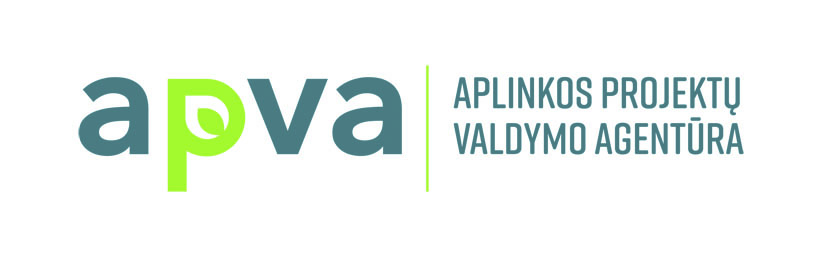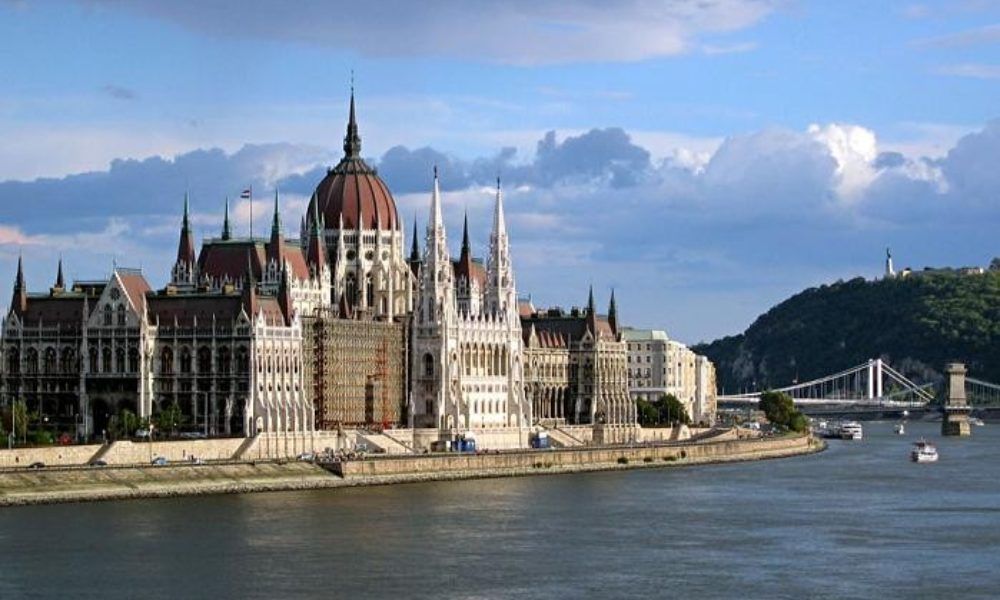From extreme natural phenomena damage old apartment buildings can protect renovation

“As the average air temperature increases, more frequent and intense extreme weather phenomena can be expected in the next decade. These are heavy rains with squalls, thunderstorms and hail, long periods of drought and heat. The number of days when the temperature exceeds 30 ° C, and the number of tropical nights, when the temperature does not fall below 20 ° C, increased significantly. During the cold season, more frequent short -term reasons, after which suddenly cool down again. In the future, these phenomena will intensify and their effects will be increasingly felt, ”said climatologist Justas Kažys.
The most concerns are the walls, roofs and bad ventilation
Associate Professor of the Department of Reinforced concrete structures and geotechnics at the University of Vilnius Tech University dr. Arnold Schneider says that old -time buildings have long -operated buildings have three vulnerable areas – walls and roofs and poor ventilation.
“Walls and roofs are extremely sensitive to sun radiation and atmospheric effects. With age, masonry and plaster change: they are most affected by sunlight on the south, wind, sun and humidity on the west, and moisture and cold in the north. These factors weaken the structures of the buildings, increase the influence of moisture, which reduces the thermal resistance and changes the dew point location in the wall. Ineffective heating and poor ventilation make the apartments decrease and mold. Eventually, wall masonry is also carried out, the holding power of the structures is decreasing, and the safe life of the building is shortened, ”said dr. A. Schneider.
Climatologist J. Kažys continues that moisture increases heat loss and energy consumption, which further reduces the energy efficiency of buildings. In addition, moisture promotes the growth of mold and other microorganisms, which not only worsens the quality of life, but also causes additional health problems. Particularly damaging cycles of sudden warming and freezing: moisture absorbs into the walls and temperature fluctuations disrupt their structures.
In the most vulnerable regions of the country – specific threats
Aušra Jarmoškienė, the head of companies preparing investment plans for apartment buildings renovation, says that due to geographical and hydrological features climate change is the most vulnerable regions of the seaside, the Nemunas Delta and Southeast Lithuania. Therefore, renovation must be adapted to specific climate threats – floods, strong winds, temperature fluctuations, drought and precipitation.
“With this in mind, the roof structure used for wind and moisture -resistant roofing should be reinforced. It is also important to install the foundation waterproofing using moisture resistant membranes and other protective materials, insulated external walls with waterproof materials, and use at least 20 cm insulating layer to prevent large temperature fluctuations in structures, ”the expert said.
As a reminder, the Environmental Project Management Agency (APVA) is currently accepting applications for apartment renovation for the Energy efficiency class B and higher. They can be submitted by 1 October.
More information on the terms of the invitation can be found on the APVA website www.apva.lrv.lt; Applications shall be submitted via APVA information system.
The project « Promotion of Apartment Houses » is funded by the Cohesion Fund.





/s3/static.nrc.nl/images/gn4/stripped/data133212332-41b949.jpg)


